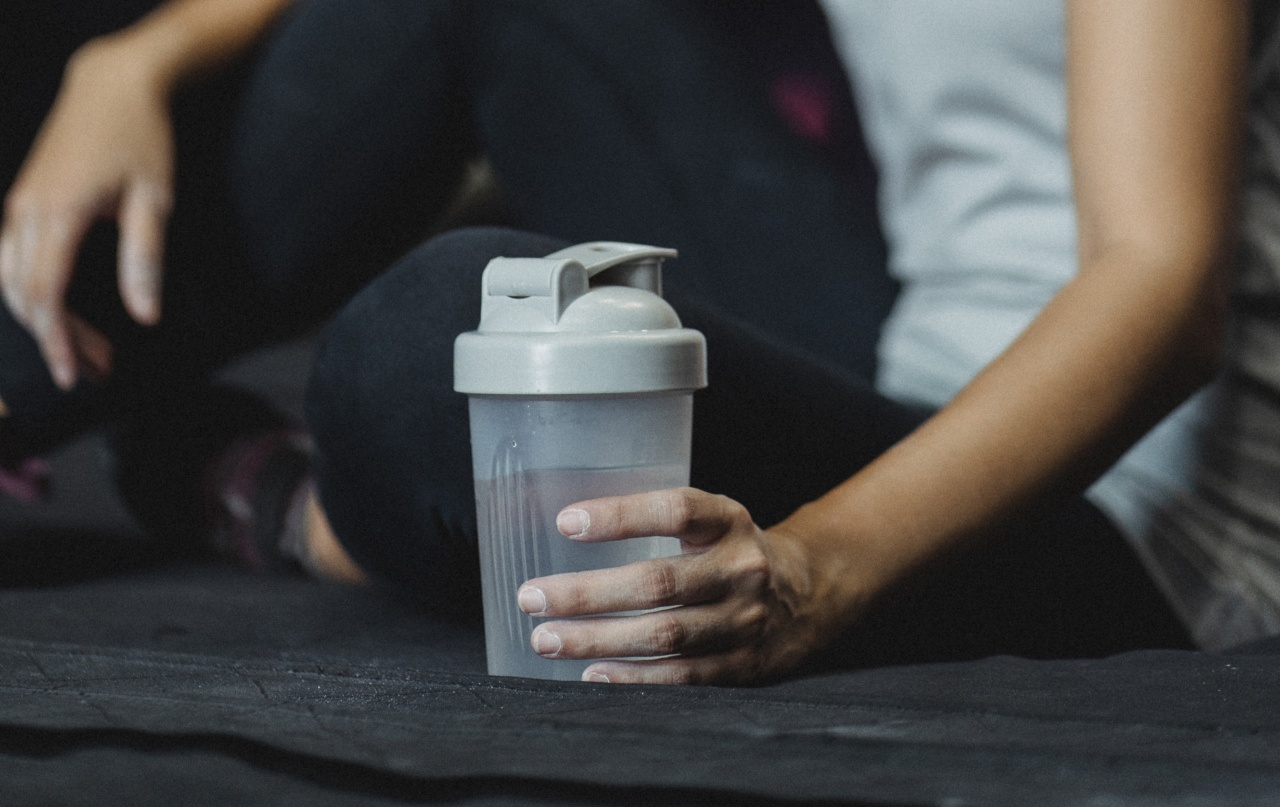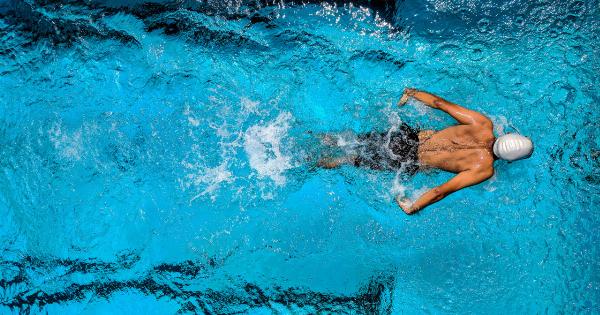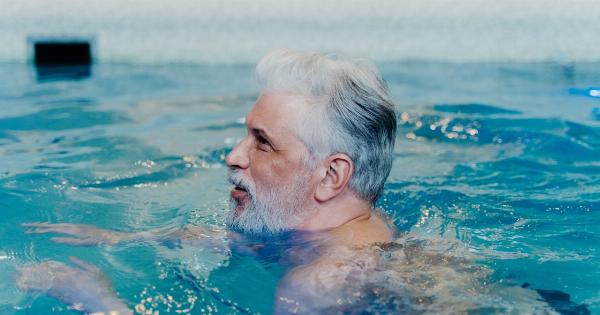Water workouts, also known as aquatic therapy, is an excellent form of exercise for people recovering from injuries or illnesses that affect their mobility.
This type of therapy is often used in conjunction with traditional physiotherapy and has proven to be very effective in helping people to recover faster and more completely. The buoyancy and resistance provided by the water make it an ideal environment for people to exercise in, as it reduces stress on muscles and joints, while providing the resistance needed to build strength.
In this article, we will explore the benefits of water workouts and how they can help to complement physiotherapy recovery.
What is Water Workouts?
Water workouts, also known as aquatic therapy, is a type of exercise that is performed in a pool or other water-based environment.
This type of therapy is often used to help people who are recovering from injuries or illnesses, including those that affect their mobility. The goal of aquatic therapy is to help patients regain strength, flexibility, and mobility while reducing the risk of further injury.
Benefits of Water Workouts
There are numerous benefits to water workouts, including:.
Reduced Stress on Muscles and Joints
Water workouts are excellent for people who have joint or muscle pain, as the buoyancy of the water reduces the amount of stress that is put on these areas during exercise.
This can help to reduce pain and inflammation, allowing patients to exercise more comfortably and effectively.
Increased Range of Motion
Water workouts can also help to increase the range of motion in joints, which is important for people who are recovering from injuries or surgeries that affect their mobility.
The resistance provided by the water helps to strengthen muscles and improves flexibility, which can lead to increased range of motion.
Improved Recovery Time
By combining water workouts with traditional physiotherapy, patients can often recover faster and more completely than they would with physiotherapy alone.
The resistance provided by the water helps to build strength and flexibility, while the buoyancy reduces stress on muscles and joints, which can help to speed up the healing process.
Low-Impact Exercise
Water workouts are a low-impact form of exercise, which makes them ideal for people who are recovering from injuries or surgeries.
The water provides a cushion for the body, reducing the amount of pressure that is put on joints and muscles, which can help to prevent further injury and allow patients to exercise more comfortably.
Increased Muscle Strength
The resistance provided by the water during water workouts helps to build muscle strength, which is important for people who are recovering from injuries or illnesses that affect their mobility.
By building strength in muscles, patients can improve their balance, coordination, and overall physical health.
Water Workouts Exercises
There are a variety of exercises that can be performed during water workouts, including:.
Walking/Jogging
Walking or jogging in the water is an excellent form of cardiovascular exercise that also helps to build strength in the legs.
The resistance provided by the water can help to increase the intensity of the workout, allowing patients to burn more calories and build more muscle.
Aqua Aerobics
Aqua aerobics is a type of group class that is often used in aquatic therapy. These classes involve a variety of exercises that are designed to improve cardiovascular fitness, build strength, and improve overall mobility.
Aqua aerobics is a great way to socialize with others while getting a great workout.
Aquatic Resistance Training
Aquatic resistance training involves using equipment such as water dumbbells or resistance bands to add additional resistance to water workouts. This type of training is great for building upper body strength and improving overall muscle tone.
Swimming
Swimming is an excellent form of exercise that can be performed during water workouts. Swimming is a great cardiovascular workout that also helps to build strength in the arms, legs, and core.
Conclusion
Water workouts are an excellent complement to traditional physiotherapy and can help to speed up the recovery process for patients recovering from injuries or illnesses.
By reducing stress on muscles and joints while providing resistance to improve strength and flexibility, water workouts are a safe and effective form of exercise that can be used by people of all ages and fitness levels.




























